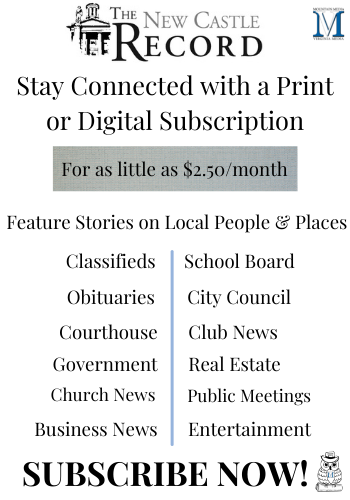
Solar physicist Mike Freed will lead a team of 10 students on Aug. 21 to Nashville, Tennessee, to witness the first total solar eclipse since 1979. On campus, physics professor Rhett Herman is planning activities throughout the day to celebrate the spectacular phenomena.
Nashville is one of several United States locations that will be in the path of totality for about two minutes. This path, where the moon will completely cover the sun and the sun’s tenuous atmosphere – the corona – can be seen, will stretch from Lincoln Beach, Oregon, to Charleston, South Carolina. United States observers outside this path will still see a partial solar eclipse where the moon covers part of the sun’s disk.
“For our students, this might be just one of three times in their lifetime to witness a total eclipse, and not all eclipses are the same,” explained Freed, who joined Radford University’s physics department last fall. “This eclipse will be especially impressive because the sun will be completely blocked out. We’ll be able to see the stars and planets during totality.”
Scientists are able to map out several decades in advance the timeline of future eclipses. The next U.S. eclipse, Freed said, is slated for 2024.
Freed and his team is working as part of the Citizen Continental-America Telescopic Eclipse Experiment, which will capture images of the solar corona using telescopes in 60 different locations across the country. They will set up their equipment at a Nashville-area high school, pass out special glasses to students and conduct several associated activities before the eclipse begins around 1 p.m.
The images they capture will eventually be stitched together with other images from across the United States, resulting in a 90-minute-long film of the event.
Freed’s team will also live stream the eclipse to Radford University’s planetarium.
“The eclipse itself starts here around 1:10 p.m., hits its maximum around 2:40 p.m. and is over by around 4:10 p.m.” Herman said.
Prior to that, the planetarium will air special shows interspersed with hands-on activities that will be most appropriate for ages 6-11. Herman will set up a telescope pointed at the sun with a solar filter so guests can look at the eclipse through the telescope. People should not look directly at the eclipse without proper eye protection, Herman and Freed urged. Special glass will be available at the planetarium the day of the eclipse.
During the 1:10-4:10 p.m. period, participants will be going into the planetarium at pre-set times to chat with Freed’s group in the field. The totality will occur between 2:25 and 2:50 p.m.
Although Radford will not be in the path of totality, onlookers will still witness about a 90-percent coverage of the sun.
“It’s going to be a great day and a great learning experience for our students and the entire community,” Freed said. “You shouldn’t miss it.”
Events are planned from 10 a.m.-5 p.m. Aug. 21 at the RU Center for the Sciences Planetarium (801 E Main St.), with parking available in lot E across University Drive Bridge.
For more information, contact Mary Hardbarger at [email protected] or 831-5150.



